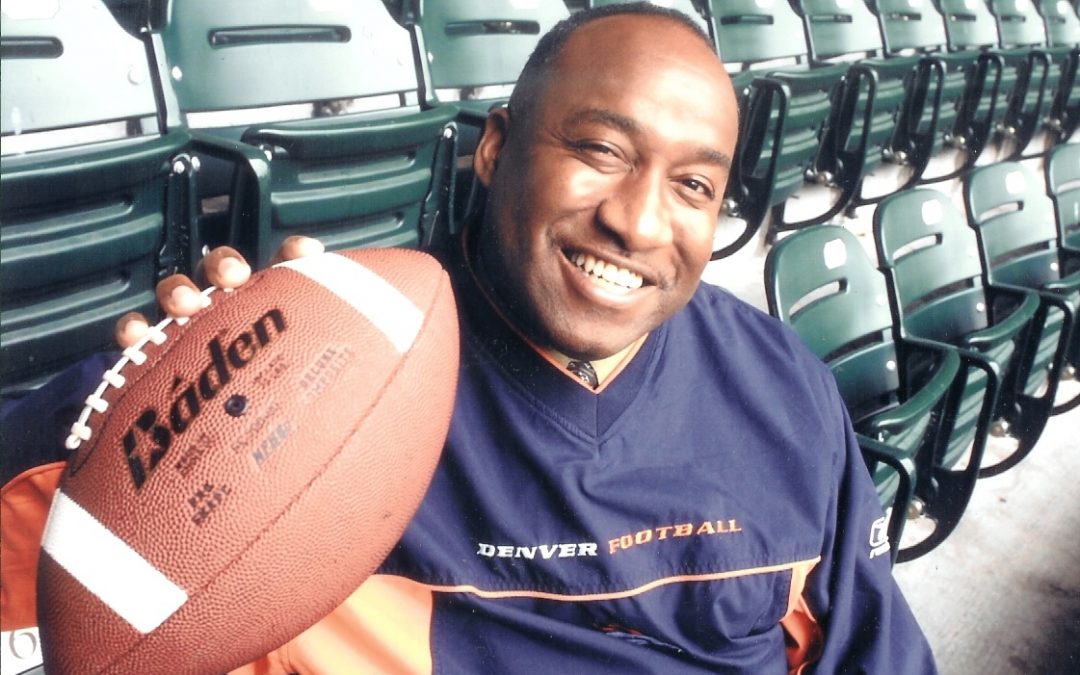“My experience at STAR highlighted the need for collective learning and communication.”
Q: What subject do you teach and where?
A: I teach 9th grade Physics at Sandy High School in Sandy, Oregon.
Q: How long have you been a full-time teacher?
A: 2019 is my first year.
Q: Can you tell us a little about your STAR research experience?
A: This past summer I worked with Dr. Gaby Petron who is researching the effects of greenhouse gases such as methane. Methane, which is the primary product of natural gas, is 80 times worse than carbon dioxide when released into the atmosphere. I spent my summer taking measurements of the emissions near Windsor, Colorado.
Q: What do you enjoy most about your job as a teacher?
A: I enjoy seeing the wonder in students faces when they experience a new phenomena, as well as their joy when they solve the mysteries of science, individually or as a group.
Q: How has your STAR experience influenced your classroom teaching and the ways that you engage your students in STEM disciplines and research practices?
A: My experience at STAR highlighted the need for collective learning and communication. I have stressed in my physics classroom the importance of using the scientific method in their approach to research and the value of making an argument from evidence.
Q: How have the personal and professional connections that you made during your STAR experience benefited you, your students, and/or your school community?
A: I have had numerous professional connections during my summer at STAR, including the renowned scientists working on climate change such as Dr. Gaby Petron, Dr. Peiter Tans, and retired minority trail blazers such as Dr. Warren Washington, who was the most accomplished African American contributor to climate modeling. I plan to invite many of these scientists to participate in Zoom meeting in my classroom.

